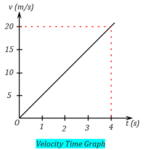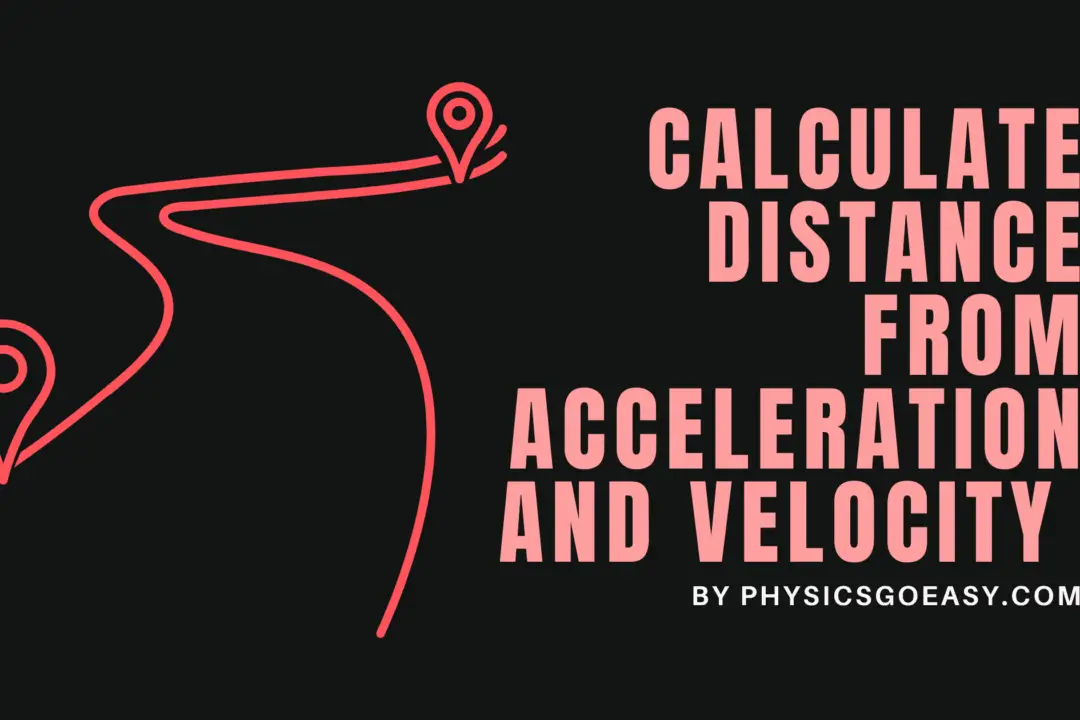The ratio of the dimensions of Planck’s constant and that of moment of inertia is the dimensions of: [PMT/NEET-2005]
a. time
b. frequency
c. angular momentum
d. velocity
Answer: b. frequency
Explanation:
To solve this, we need to find the dimensions of Planck’s constant and moment of inertia, then calculate their ratio.
Planck’s Constant (h)
From Planck’s equation $ E = hf $, where $ E $ is energy and $ f $ is frequency:
- Energy $ E $: $ [M\,L^{2}\,T^{-2}] $
- Frequency $ f $: $ [T^{-1}] $
- Therefore, $ h = \frac{E}{f} $ has dimensions: $ \frac{[M\,L^{2}\,T^{-2}]}{[T^{-1}]} = [M\,L^{2}\,T^{-1}] $
Moment of Inertia (I)
From $ I = mr^{2} $, where $ m $ is mass and $ r $ is distance:
- Mass $ m $: $ [M] $
- Distance squared $ r^{2} $: $ [L^{2}] $
- Therefore, $ I $ has dimensions: $ [M\,L^{2}] $
The Ratio
$ \frac{h}{I} = \frac{[M\,L^{2}\,T^{-1}]}{[M\,L^{2}]} = [T^{-1}] $
The dimension $ [T^{-1}] $ corresponds to frequency, since frequency is defined as the number of cycles per unit time, or $ \frac{1}{\text{time}} $.
Checking the other options:
- Time: $ [T] $ – doesn’t match
- Angular momentum: $ [M\,L^{2}\,T^{-1}] $ – doesn’t match
- Velocity: $ [L\,T^{-1}] $ – doesn’t match
Therefore, the correct answer is frequency.




